Effect of unsystematic risk premium on the value of intellectual property
Unsystematic risk is the last layer of risk one accounts for when valuing intellectual property. To understand unsystematic risk, it is best to explain what it does not include:
When determining the risk associated with intellectual property, one accounts for:
- the lowest level of risk – the risk-free rate, i.e. a government bond with a term similar to the useful economic life of the intellectual property valued (after tax);
- the systematic risk premium, being the additional risk over and above a government bond rate that an investor in the stock market would expect (all share index); and
- Beta – the systematic risk premium adjustment that adjusts the systematic risk premium to the specific market segment for the intellectual property.
The unsystematic risk premium is the additional risk over and above the average industry-sector risk premium (calculated using the risk free rate, systematic risk premium and Beta).
The unsystematic risk premium takes into account all additional risks. Some of the important risks to consider are:
- whether the intellectual property relates to a new product, a new feature on an existing product or an incremental improvement on an existing product;
- the technology risk associated with the improved product;
- evidence of demand for the improved product; and
- the maturity of the market for the improved product.
Depending on the “maturity” of the intellectual property, the value of the intellectual property will be discounted relative to a “mature product” (i.e. an existing product in an existing market with existing demand). The table below shows the discount that would typically be expected:
| Maturity | Discount relative to mature existing product |
| Duplicating existing product, existing market | 12% |
| Pre-national launch of domestically proven product | 20% |
| Incremental improvement on existing product, existing demand | 26% |
| Product with new features, no technology risk, existing demand | 43% |
| New product, well understood technology, existing market, evidence of demand | 51% |
| New product AND not well understood technology, existing market OR well understood technology, new market | 58% |
| New product, new technology, new market | 63% |
| Embryonic R&D | 72% |
| Startup company, new product, unproven technology, new market | 76% |
